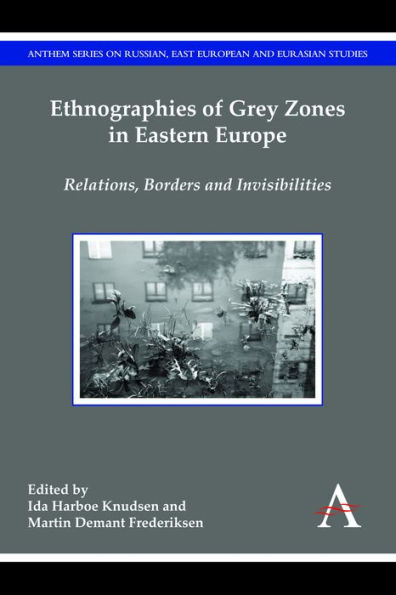5
1

Ethnographies of Grey Zones in Eastern Europe: Relations, Borders and Invisibilities
212
Ethnographies of Grey Zones in Eastern Europe: Relations, Borders and Invisibilities
212
115.0
In Stock

Product Details
| ISBN-13: | 9781783084128 |
|---|---|
| Publisher: | Anthem Press |
| Publication date: | 04/15/2015 |
| Series: | Anthem Series on Russian, East European and Eurasian Studies |
| Pages: | 212 |
| Product dimensions: | 6.10(w) x 9.10(h) x 0.80(d) |
About the Author
What People are Saying About This
From the B&N Reads Blog
